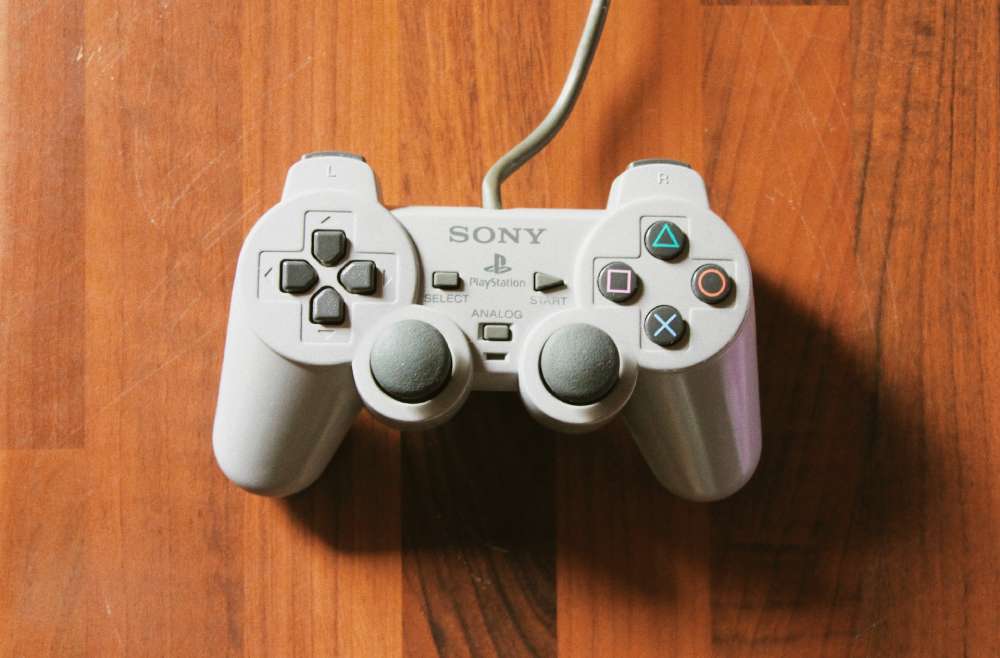Future-Proof Your Gaming: What’s Next for PlayStation Controllers
In the dynamic gaming world, innovation is the driving force that propels the industry forward. As technology evolves, so do the tools that bring our gaming experiences to life. One such integral element is the controller, which has witnessed remarkable transformations over the years. In this article, we explore the exciting future of PlayStation controllers, delving into the advancements and features that promise to elevate gaming to new heights.
The Evolution of PlayStation Controllers
To understand the future, let’s first stroll down memory lane to appreciate the evolution of PlayStation controllers. Every version, from the classic dual analog controller for the PlayStation to the groundbreaking DualShock series, brought enhanced functionality and new features. The PS4 controller, introduced innovations like the touchpad, light bar, and a refined ergonomic design.
The DualSense Revolution
The arrival of the PlayStation 5 (PS5) brought a paradigm shift in the controller design of the DualSense. This cutting-edge controller builds upon its predecessors’ success and introduces groundbreaking features that redefine the gaming experience.
Haptic Feedback and Adaptive Triggers
At the forefront of DualSense innovation is haptic feedback technology. Unlike traditional rumble, haptic feedback provides:
- Nuanced sensations
- Allowing players to feel the texture of surfaces
- The impact of in-game actions
- Even the subtle resistance of virtual environments
Accompanying haptic feedback are adaptive triggers, a feature that dynamically adjusts the resistance of the L2 and R2 triggers based on in-game activities. Whether it’s the tension of drawing a bowstring or the resistance of a vehicle accelerating on different surfaces, adaptive triggers add a new layer of immersion and precision to gameplay.
Create a Button and Advanced Audio
The DualSense introduces the “Create” button, succeeding the “Share” button on the DualShock 4. This new button expands on sharing gameplay moments, offering players more control over their content creation and sharing experiences.
Regarding audio, the DualSense has an array of built-in microphones, so in casual gaming scenarios, a headset is not necessary. Additionally, the controller supports a 3.5mm headphone jack for those seeking a more immersive audio experience.
Aesthetics and Comfort
In terms of aesthetics, the DualSense departs from the traditional black color scheme, embracing a futuristic two-tone design with striking blue LED accents. The controller’s form factor is refined for enhanced comfort, catering to various hand sizes for extended gaming sessions.
What’s on the Horizon?
As we marvel at the capabilities of the DualSense, it raises the question: What’s next for PlayStation controllers? The future promises to build upon the foundation laid by DualSense, introducing new features and innovations that further blur the line between the virtual and real worlds.
Enhanced Biometrics for Immersive Experiences
Biometric technology is an area ripe for exploration in future PlayStation controllers. While the DualSense already incorporates haptic feedback and adaptive triggers, adding enhanced biometrics could further personalize the gaming experience. Imagine controllers that can measure heart rate, skin conductance, or even track eye movements, providing developers with valuable data to tailor in-game experiences to individual players.
Integrated Camera and Gesture Controls
Building on the success of the built-in microphone array, future controllers may feature integrated cameras for facial recognition and gesture controls. It could open up new possibilities for interactive and immersive gaming experiences, allowing players to control in-game actions with subtle hand movements or expressions.
Modular and Customizable Design
The customization trend is likely to continue, with future controllers adopting a modular design that allows users to swap out components according to their preferences. Gamers can tailor their controllers aesthetically and functionally, from interchangeable thumbsticks to customizable faceplates.
Cloud-Connected Controllers
Integrating cloud technology into gaming ecosystems is inevitable, and future PlayStation controllers could leverage cloud connectivity for enhanced features. Cloud-connected controllers may enable seamless cross-device gaming experiences, real-time updates, and access to personalized settings and configurations from any compatible device.
AI-Powered Assistance for Accessibility
Accessibility has become an increasingly important aspect of gaming, and future controllers may incorporate artificial intelligence (AI) to assist players with varying needs. Smart controllers could adapt in real-time, offering personalized suggestions, automating repetitive tasks, or providing guidance during challenging gameplay segments.
Sustainability and Eco-Friendly Materials
As environmental consciousness grows, future PlayStation controllers may emphasize sustainability more. It could involve using eco-friendly materials, modular designs to facilitate more straightforward repairs, and energy-efficient technologies to extend battery life.
The Role of User Feedback
While predicting the future is inherently speculative, one constant remains – the influence of user feedback. The gaming community significantly shapes the direction of gaming technology. Developers and manufacturers closely listen to player experiences, suggestions, and criticisms, using this valuable input to refine and innovate future controller iterations.
User feedback influences hardware design and contributes to the ongoing development of firmware and software.







0